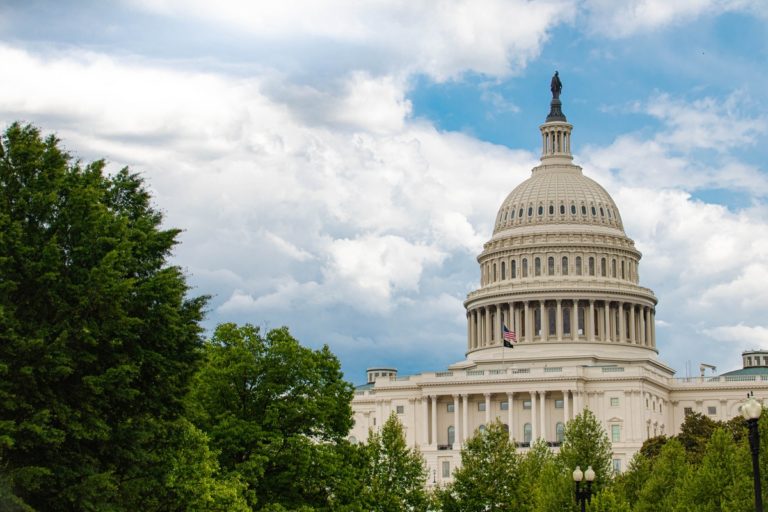Below are summaries from Arbor Investment Committee members regarding different asset classes. If you have specific questions about any of them in general or how they might impact your portfolio or your financial plan, please reach out to us.
Arbor Capital Management News: 2019
-
REITs
: Real Estate Investing

In the first quarter of 2019, REITs finally broke through the high price ceiling that was set in mid-2016. Investors saw sideways price movement for almost 3 years. From mid-2016 to present time period, REITs trailed the S&P 500 in price return by roughly 70%, which is a much different story than the first decade of this century. With this breakout that started in Q1 2019, REITs saw their best year since 2014. Almost all the gains in 2019 for REITs were achieved in the first three quarters. This was a nice pairing/trade off with equities as the S&P 500 was flat in Q3 and REITs ran up almost 8%. In Q4 2019 the tables turned, and REITs were flat to slightly negative while the S&P 500 was up about 10%.
The story of where returns came from has been a similar story for a while; Industrials, data centers, cell towers have been the leaders. Office space has been near the middle. Healthcare, storage, and apartments were in the bottom half… and Malls were at the bottom (along with prisons). Though shopping centers remain near the middle of the pack.
For 2020, we don’t expect REITs to perform as well as they did in 2019. Sector selection will be important. If fundamentals continue to remain solid and steady, and the broader equity markets remain intact, high single digit returns for 2020 are doable.
-
Fixed Income: Bonds
The very strong returns for nearly all domestic fixed income asset classes was earned primarily during the first three quarters of 2019 with a more modest move upward into year end. Investor demand for bonds of all sorts continues to be truly impressive as measured by fund and ETF flows. Taxable bond fund flows were very strong as equity fund flows were negative. Demand for fixed income continues to be very high. Demand for municipal fixed income funds has never been higher; going back to 2002.
Our strategies continue to benefit from this demand. Municipal credits continue to improve nearly across the spectrum. High yield default rates continue to run lower than long term averages. Household balance sheets continue to strengthen, and corporate profits are at all-time highs as well. All of these are favorable for our fixed income strategies even if expectations for 2020 are lower than they were for 2019. Corporate debt is also at an all-time high and will prove to be a negative at some point but for now and the foreseeable future the waters appear calm for fixed income. After the past two years it seems clear that the Fed takes its cues from the market versus the other way around. If that continues to be the case, we should expect the Federal Reserve to continue to be very accommodative, with perhaps even lower short-term rates if the market dictates.
-
Equities Q4 2019
We have made changes to our equity portfolios in Q1 2020. Largely, we have sold our domestic equity funds and replaced them with individual securities. As Arbor continues to grow, increased depth to our investment committee allows us to enact this change. Additionally, our biggest custodian now does not charge for equity trades.
Looking Ahead (Financially) to 2020
So, the Fed lowers rates three times last year and starts QE4. Perhaps this new round of easing is being used to indirectly bailout struggling Deutsche Bank?
Since some of the money needs places to go, so it rushes into equities. Additionally, hedge funds begin chasing the S&P because they are lagging. Presto. Q4 melt-up.
This melt-up topped off an incredible year for the US equity markets. Comparisons are being drawn to the pre-tech bubble returns of the late 1990’s. That was a fun time as adding .com to any business seemed to boost valuation dramatically. Interestingly, it was the pure play of Amazon.com – no retail legacy footprint to protect, that emerged as the true global giant.
Are we on the cusp of another tech bubble? Euphoria isn’t nearly as rampant as it was then, nor are people getting stock tips from cab (Uber/Lyft) drivers. It took several years of 20-30% gains on stocks to get there. Yet here we are – 20 years on from all the first real euphoria brought about by the internet and the technology revolution continues. It was slowed by the financial crisis of 2008-2009, but the steady march of productivity gains through automation, faster information flows and tech-enabled scalability, continue. The tech, sharing and gig economies are not only transforming industries, they are changing culture.
However, it is noted that some companies we like (GM, MSM, OLN and XOM) are seeing an industrials recession. 50 years ago, an industrial recession would have likely meant doom for the economy and the equity markets. Now, they are part of the smaller subset of sectors in the economy – everything is taking a backseat to tech, telecom and anything that connects people, and connects them faster and faster (5G anyone?). Still, we can find value here and will continue to own good dividend stewards.
Bitcoin News from Arbor Capital
A bit on bitcoin: the crypto currency continued to drop in early 2019 and fell off the mainstream radar. The true believers of bitcoin don’t mind it sitting outside of the spotlight. They continue to build out the technology and are addressing many of the real issues: scalability, energy consumption of miners (validators), and building good user interface or UI. Again, this is being compared to early stages of the internet. Dropping below $4,000 in spring of 2019, bitcoin now is now close to $10,000 as hedge funds, home offices and endowments are beginning to enter the space. The underlying story of bitcoin and the blockchain technology underneath it will continue to play out like a cowboy western. Regulators are finding they are needing to come up with brand-new rules as many security related regulations are approaching 100 years old and clearly don’t apply to bitcoin, ICO’s and new currency and capital-raising mechanisms. Stay tuned, it is entertaining theater.












